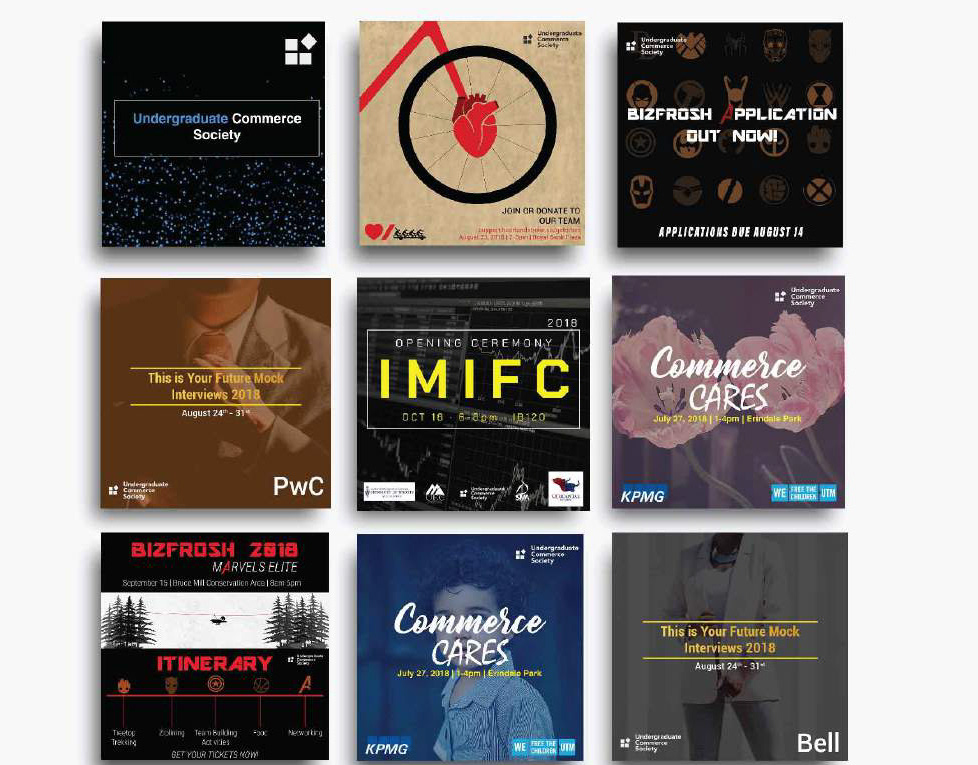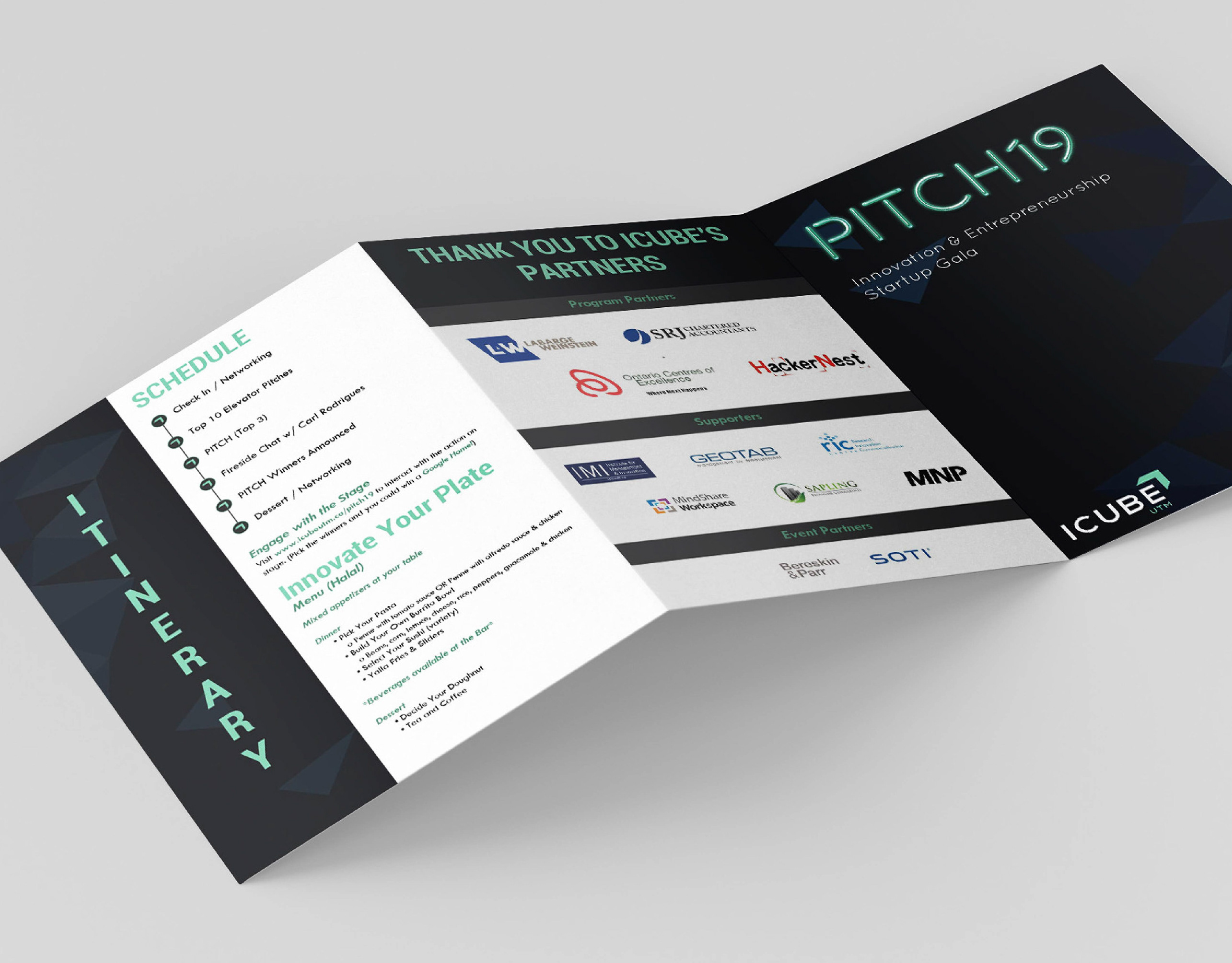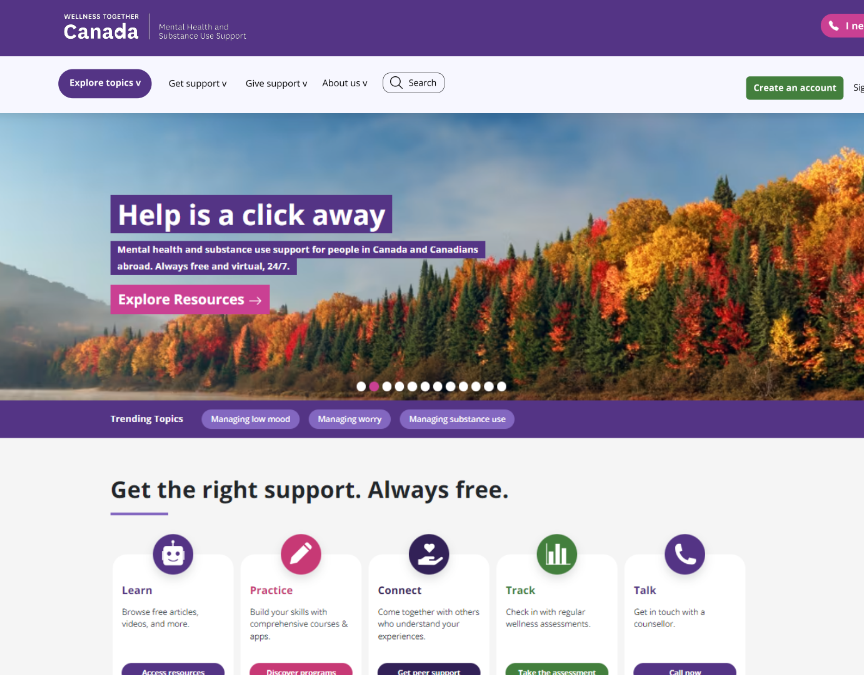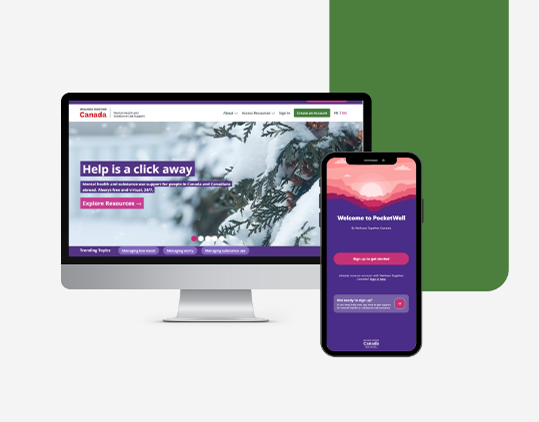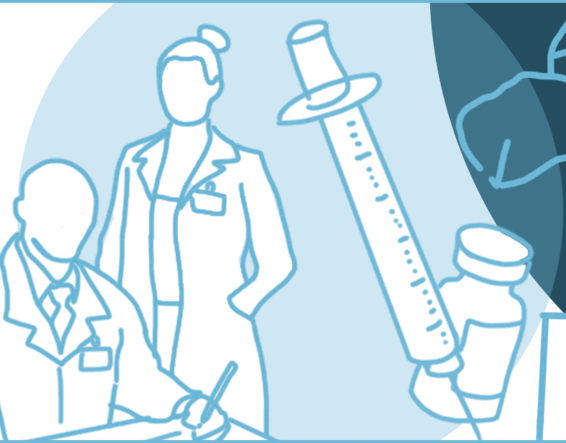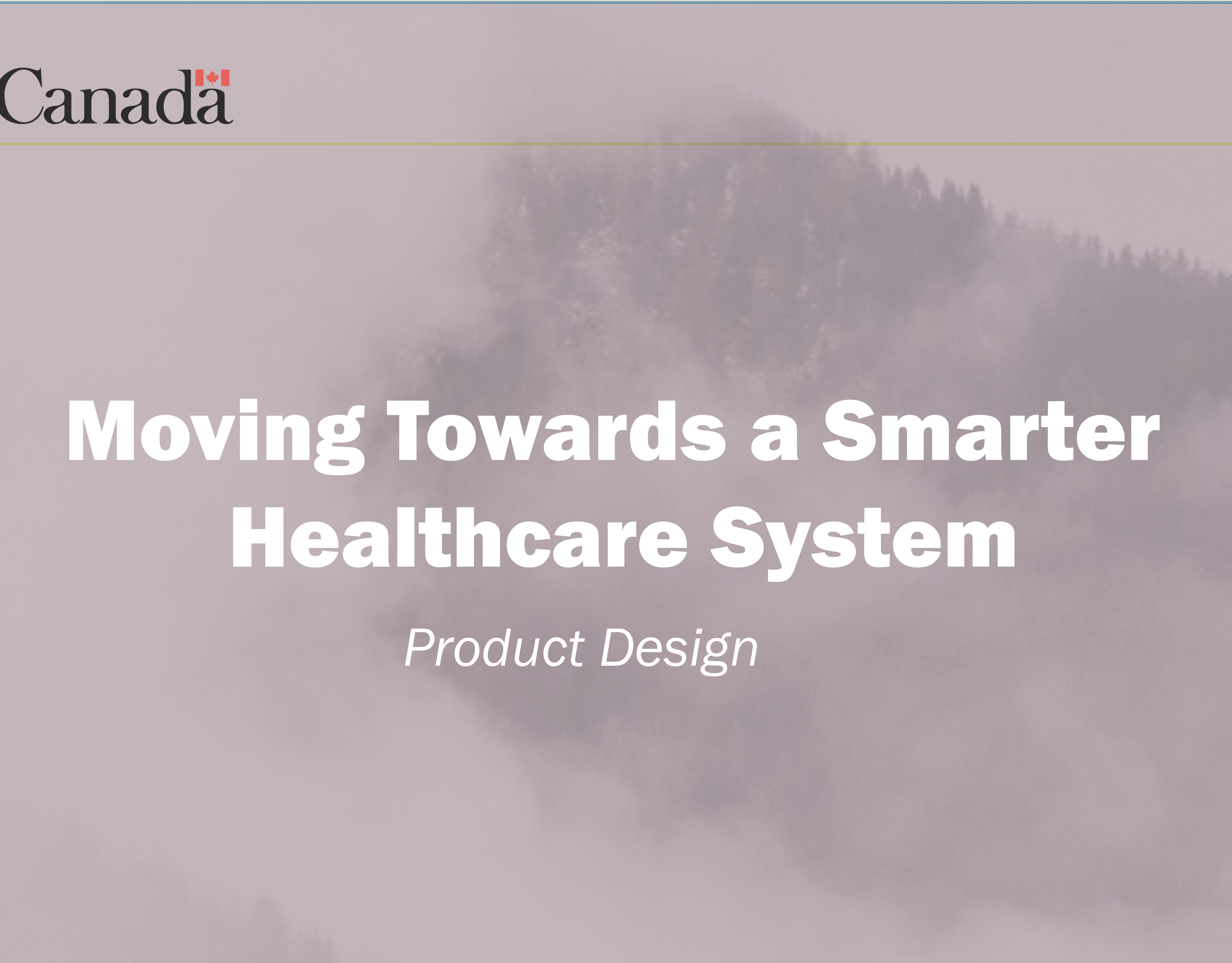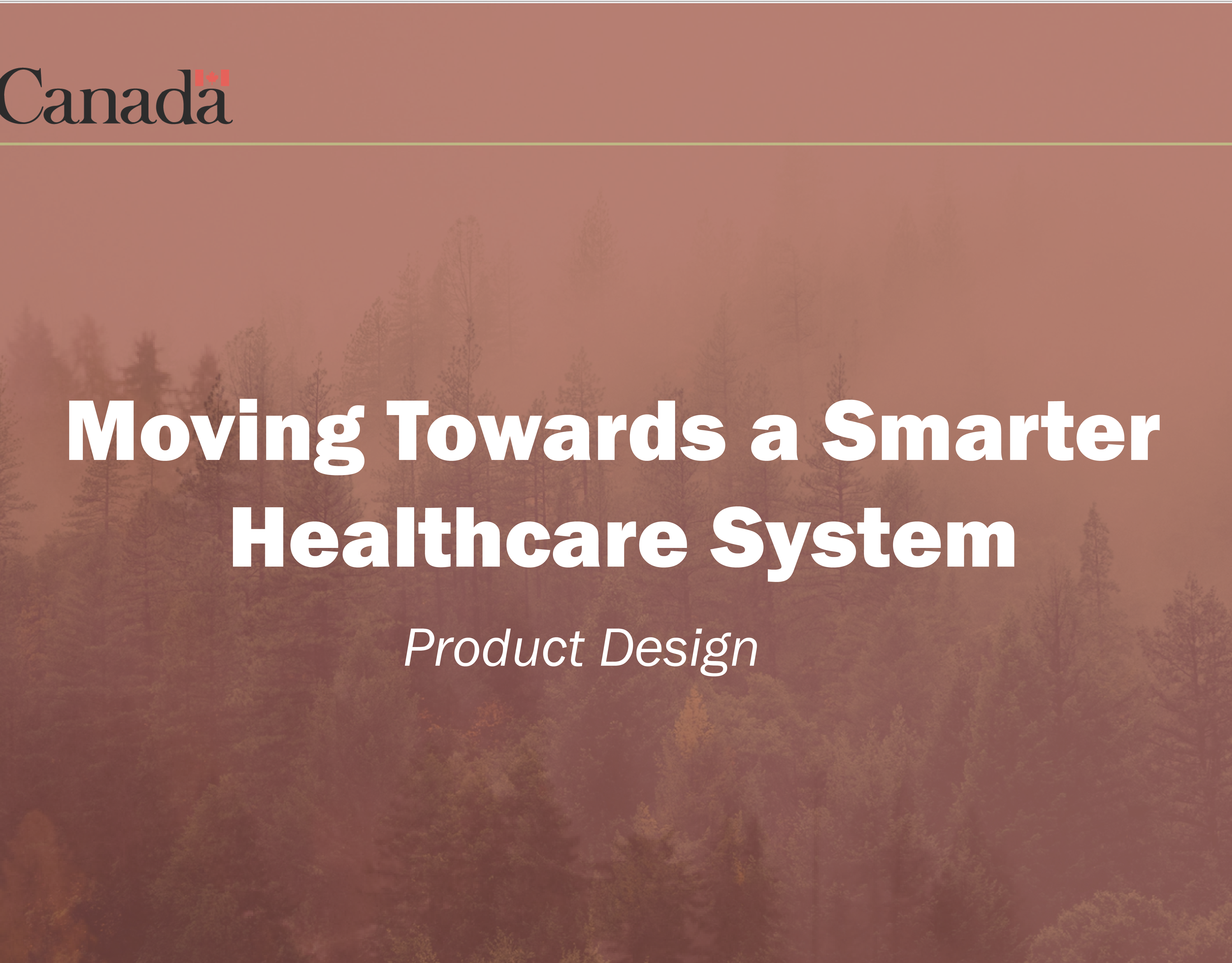Overview:
Synthetic opioids like fentanyl and analogues appear to be fueling the rise in opioid-related deaths in Canada, partially due to their adulteration into other substances. Post-secondary students are an under-researched area of harm reduction but are at high risk due to the high rate at which they consume substances recreationally. We posit that students and other young adults and recreational substance users need Take-Home Naloxone (THN) designed specifically for their needs. Our research finds that student needs include: intranasal naloxone, compact and lightweight kit size, a supportive atmosphere, substance testing resources, and better visual emergency communication. This project introduces an alternative kit design, NaloxBox, as a way to encourage uptake among students and address key issues as determined through research findings.
Scope:
Rather than focusing on only the recreational users, the goal is to address the general student population as they are more likely to not be carrying naloxone and may be in need or be presented in a situation where THN is needed. We take on a systematic/service approach to understand individual carrying behaviour & environmental factors when it comes to the THN kit.
Process work
Design Challenge:
Not enough of the population who are first time users / occasional users carry or are aware of the take home naloxone kit (THN), resulting in greater risk for opioid overdoses. We want to re-design what a take home naloxone (THN) kit can look like for the general student population.
Results:
The opioid crisis in Canada and beyond is a tragedy that needs to be addressed through harm reduction principles. Our acute intervention prototype, NaloxBox: Safety on the Go, targets the under-researched population of students and new recreational users to save lives on campuses. With NaloxBox, students can easily bring naloxone with them into nightlife environments for the safety of themselves and others, and they can confront stigma while they are at it.

Early prototypes presented at Toronto's GradEx
Project Development Process
Note: Early on in the project we were working alongside UAlberta & Red Cross however as we further refined our topic we decided to take another approach in creating an acute intervention in terms of product design for young adults , splitting from their project.




